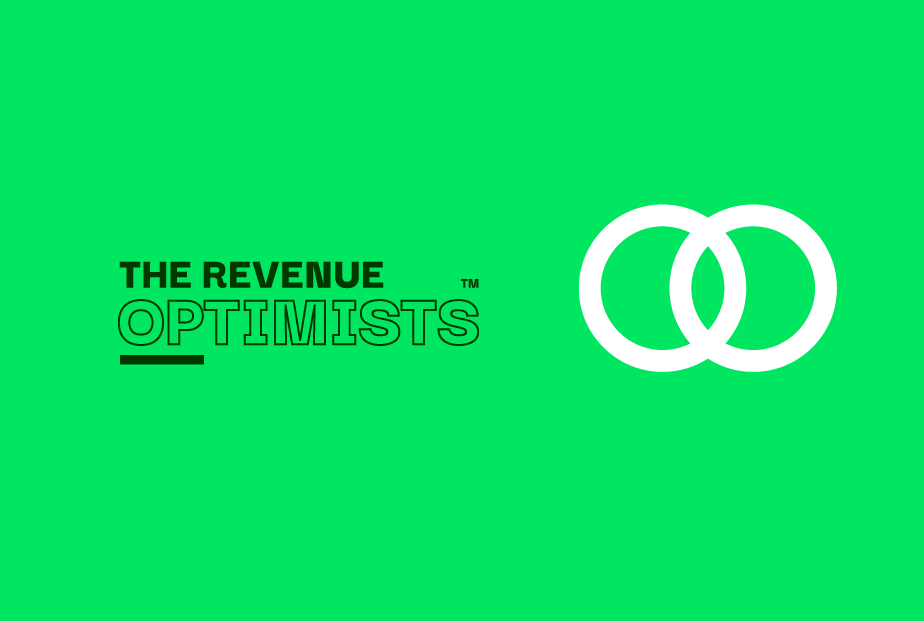
How does a shared campaign influence model work?
Uncover the key moments of the customer journey.

Video Transcript
Kieran: So one of the things that we now run is we a campaign influence model that essentially takes a share of that pipeline from that deal based on that given campaign, so an example would be like, hey, we’ve got a $10,000 deal that was piped, but we can see that they had an ad click, maybe a cold call, and then they had a website session. Each of those would take a different share of that overall deal. And then we would call that kind of influence. And this has been a really good move for us in the right direction.
We’ve got tons of improvements to make from our learnings over the last you know, couple of months but moving towards this campaign influence model is really just helping us better report on the customer journey and what is what is influencing an opportunity to actually get there and convert.
Dave: Interesting and so then, I would imagine that if you’re attributing all of the different touchpoints to that deal, it probably is influencing your decisions for which campaigns to be running and where to be investing your marketing dollars down the road, whether it’s next year, I don’t know how frequently you do your planning. But is that fair to say? Are you finding better results that way? Or is it muddying the water a little bit?
Kieran: We’re finding better results, but I think David, where it’s helping us get better with planning is understanding the portion of the customer journey where this area of influence, let’s say it’s digital or like sales is most effective. So if we look at like the top of the customer journey and of the education phase, let’s say right, we know now that this is where like digital marketing is going to play the highest role in this phase because we’re trying to drive the awareness and drive website sessions that would impact its intent score.
That would then move it to its next phase of the journey which let’s call it aware, okay. And the awareness phase. This is where the AES and the BDRs, the inside sales team are really starting to reach out and try and you know, drive some engagement and get a meeting scheduled. So now that we’re looking at influence, we’re really understanding like, okay, got it digital is influencing an opportunity three to four months before it actually gets converted. So let’s get a lot smarter in how we deploy these dollars. You know, from a timing perspective, and then also like a segmentation perspective, so that we can better assess when we’re going to have the right amount of aware accounts to convert from a BD and AE perspective.
So just imagine this customer lifecycle flywheel that we’re kind of constantly trying to push and the campaign influence is helping us understand what is influencing what deals in certain areas of that flywheel.
Want to learn more?
Ready to hear more from Kieran Snaith?
You can listen to her in-depth interview in Episode 15 of the Revenue Optimists series. We’ll see you there.
